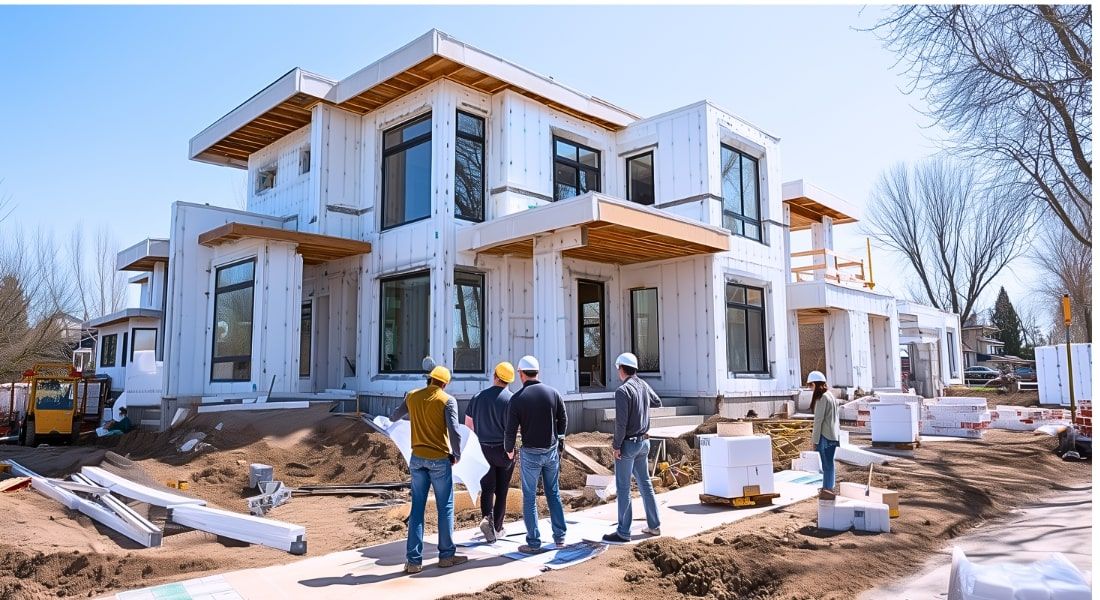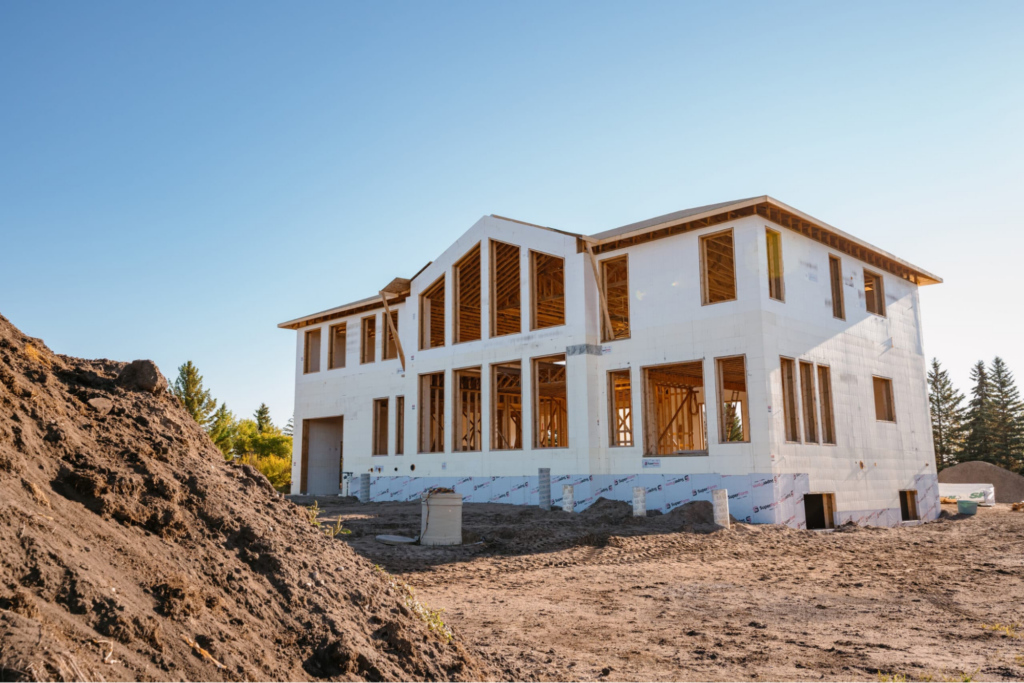Building with ICF: How It Enhances Home Safety
An increasing number of homeowners and builders are choosing insulated concrete forms (ICF) for new residential projects. While energy efficiency and lower utility costs are often cited, another important benefit deserves attention: improved home safety. ICF structures offer outstanding strength and resilience compared to traditional construction methods.
Below, we explore the safety advantages ICFs can deliver, rooted in validated performance rather than marketing rhetoric.
How Building with ICF Enhances Your Home’s Safety
Protecting Against High Winds, Debris, and Flooding
ICF walls feature reinforced concrete cores that offer significantly higher wind resistance than typical wood framing. However, claims of withstanding winds up to 250 mph should be validated on a case-by-case basis with engineering and tested designs specific to wind-rated zones.
Testing shows ICF walls are more resistant to impact from wind-borne debris, helping protect building envelopes during storms. Concrete and EPS foam are also non-absorbent, which helps reduce water infiltration and associated mold or rot compared to porous wood assemblies.
Fire Resistance and Wildfire Protection
The concrete core of ICF walls does not burn or warp under fire exposure, allowing for longer structural stability than wood-framed walls typically rated up to an hour. Many ICF assemblies achieve fire ratings of two to four hours in laboratory testing, but certification for specific use should rely on UL-rated assemblies and tested configurations.
The EPS insulation used in SuperForm ICF is treated for fire resistance and does not act as a primary fuel source in a fire-rated assembly. For wildfire-prone areas, pairing ICF walls with noncombustible exterior finishes enhances protection. However, the wall alone is not a firewall without additional design considerations.
Deterring Break-Ins With a Stronger Wall System
While full-scale studies are limited, the mass and monolithic structure of reinforced ICF walls make forced entry significantly more difficult than with wood-framed walls. An intruder would require power tools and sufficient time to breach a concrete core, making ICF a deterrent when paired with secure door/window assemblies.
Better Seismic Performance When Engineered
ICF walls form a continuous concrete structure with embedded reinforcement, which can provide strong lateral and vertical capacity under seismic loads. However, true performance depends on design compliance with local building codes, properly detailed reinforcement, and engineering review, not the form material alone.
Durable, Long-Lasting Construction
Unlike wood, concrete does not decay, and EPS foam resists pests and mold. When reinforcement is properly selected and corrosion is managed, ICF walls can offer long-term durability without the common issues related to rotting framing, termite damage, or moisture-induced degradation.
Promoting Healthier Indoor Environments
The airtight nature of ICF walls reduces air infiltration. This helps maintain better control over indoor air quality. ICF envelopes can reduce mold risk and limit entry points for pests, supporting healthier living conditions. Still, proper ventilation systems are critical to managing indoor air, ICFs improve envelope performance but are not standalone air-quality solutions.
Maintaining Comfort During Power Outages
The concrete core and continuous insulation of ICF walls deliver thermal mass and airtightness. This slows temperature changes during power outages. While not a substitute for backup systems, this delivers improved occupant comfort and may extend safe conditions during extreme weather or power loss.
Are you ready to build a safer, more resilient home?
Reach out to SuperForm ICF today to explore proven solutions backed by real-world performance, not just claims. Our team can provide project-specific guidance on structural design, fire safety, durability, and energy-efficient construction tailored to your goals.




-min.jpg)
